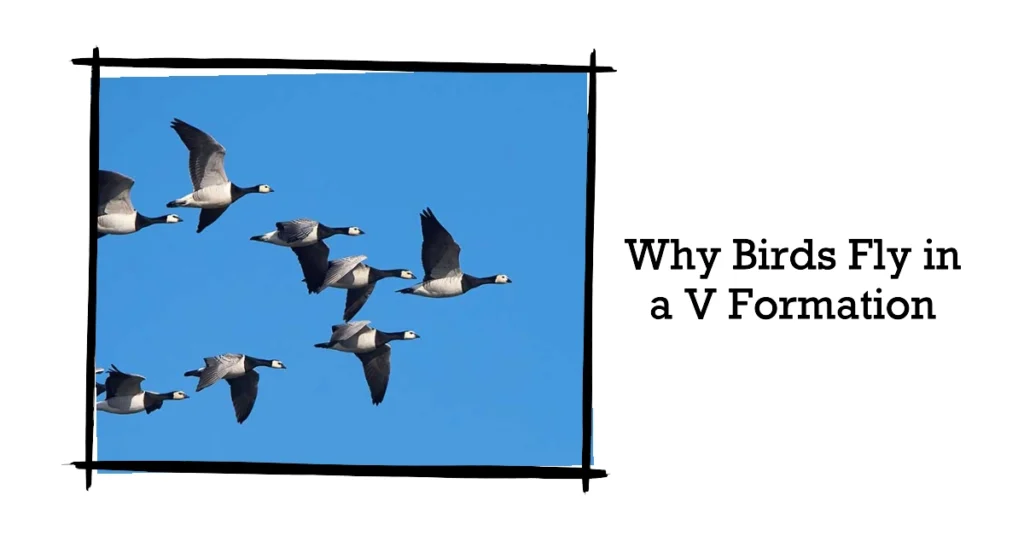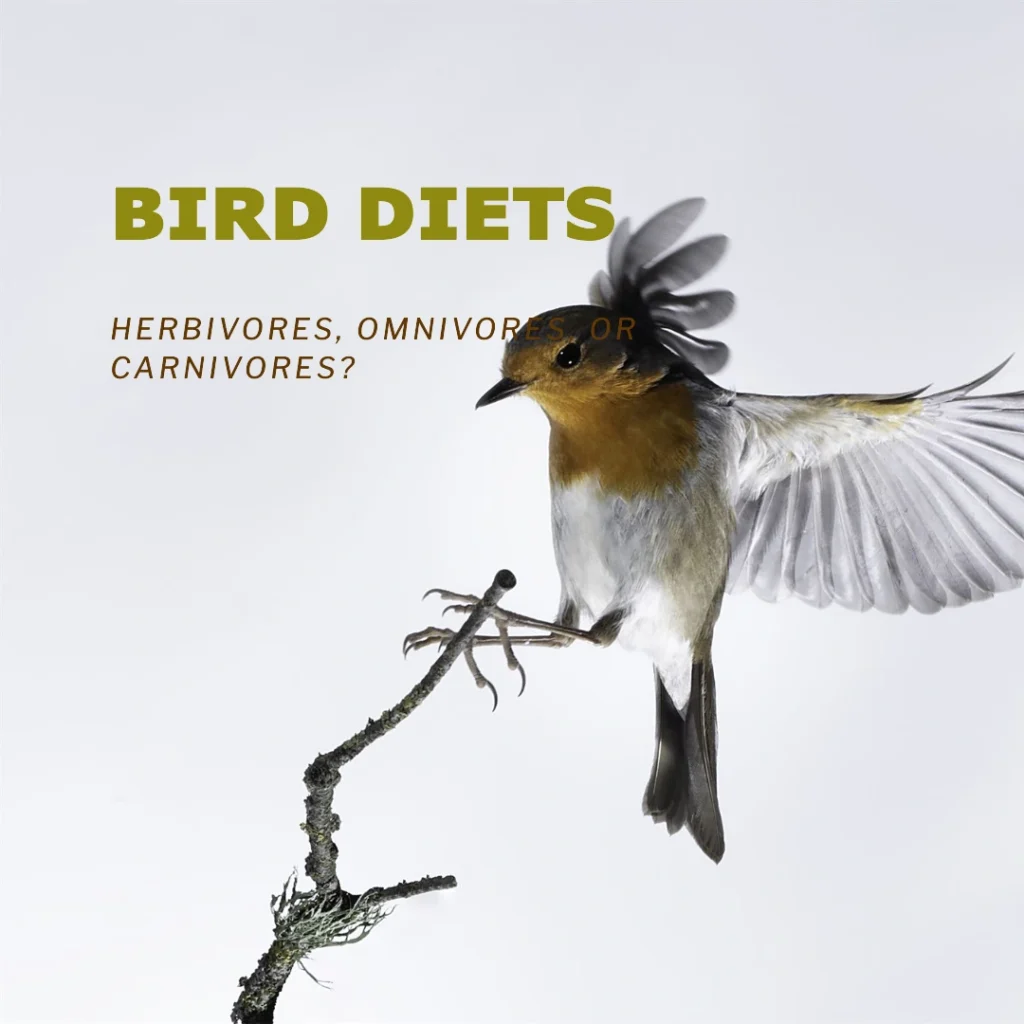
Every year as the weather turns colder, many birds take to the skies and embark on incredible journeys, flying south for the winter. Bird migration is a fascinating phenomenon that has captivated people for centuries. But where exactly do these birds go?
And how do they manage to stay warm during their long flights and chilly winter months? Let’s explore the amazing world of bird migration and discover the strategies birds use to survive the cold.
Why Birds Migrate South for the Winter
As winter approaches, many bird species fly south to warmer climates. This seasonal journey, known as migration, helps birds survive the harsh winter conditions by providing access to abundant food sources and favorable nesting grounds. The primary reasons birds migrate south include:
- Food Availability: In northern regions, food sources like insects, seeds, and berries become scarce during winter. By migrating south, birds can find plentiful food supplies to sustain themselves.
- Nesting Opportunities: Birds migrate to take advantage of longer daylight hours and warmer temperatures in the south, which provide ideal conditions for breeding and raising their young.
- Avoiding Harsh Weather: Extreme cold, snow, and ice can make it challenging for birds to find food and shelter in northern areas. Migrating south allows them to escape these harsh conditions.
Where Do Birds Go for the Winter?
The destinations for migrating birds vary depending on the species and their specific needs. Here are some common winter destinations:
Southern United States
Many birds, such as robins, bluebirds, and warblers, migrate to the southern United States for the winter. These regions offer milder temperatures and abundant food sources, making them ideal for overwintering.
Central and South America
Long-distance migrants, like warblers, tanagers, and hummingbirds, often travel to Central and South America for the winter. These tropical regions provide a warm climate and diverse habitats for foraging and nesting.
Caribbean Islands
Some bird species, including the Blackpoll warbler and the Scarlet tanager, migrate to the Caribbean islands during the winter months. These islands offer a warm, tropical environment and a variety of food sources.
Coastal Areas
Shorebirds, such as sandpipers and plovers, often migrate to coastal areas along the Gulf of Mexico, the Atlantic Ocean, and the Pacific Ocean for the winter. These regions provide ample food sources and suitable habitats for these species.
How Do Birds Stay Warm During Winter Migration?

While migrating south helps birds escape the harshest winter conditions, they still need to adapt to cooler temperatures and potential food scarcity. Here are some strategies birds use to stay warm during their winter migration:
- Feather Insulation: Birds have a layer of downy feathers beneath their outer feathers that act as excellent insulation, trapping heat close to their bodies.
- Fluffing Feathers: By fluffing their feathers, birds create air pockets that further insulate their bodies, helping them retain heat.
- Shivering: Birds can generate heat by shivering, which is a rapid contraction and relaxation of their muscles.
- Huddling: Some bird species, like sparrows and swallows, huddle together to share body heat and conserve energy.
- Seeking Shelter: Birds often seek shelter in dense vegetation, tree cavities, or man-made structures to protect themselves from wind and cold.
- Increasing Food Intake: Birds may increase their food intake during winter to maintain their energy levels and generate more body heat.
Table: Common Migratory Bird Species and Their Winter Destinations
| Bird Species | Winter Destination |
| Ruby-throated Hummingbird | Central America, Mexico |
| Baltimore Oriole | Central America, northern South America |
| Barn Swallow | Central America, South America |
| American Redstart | Central America, Caribbean islands |
| Blackpoll Warbler | South America (Amazon basin) |
| Scarlet Tanager | Northwestern South America |
| Purple Martin | Brazil, Argentina |
| Arctic Tern | Antarctic region |
Conclusion
The annual migration of birds is a remarkable phenomenon, driven by the need for survival and reproduction. By flying south for the winter, birds can access abundant food sources, suitable nesting grounds, and escape harsh winter conditions. While migrating, birds employ various strategies, such as feather insulation, shivering, and seeking shelter, to stay warm and conserve energy. This incredible journey showcases the adaptability and resilience of these feathered creatures, reminding us of the wonders of nature.








